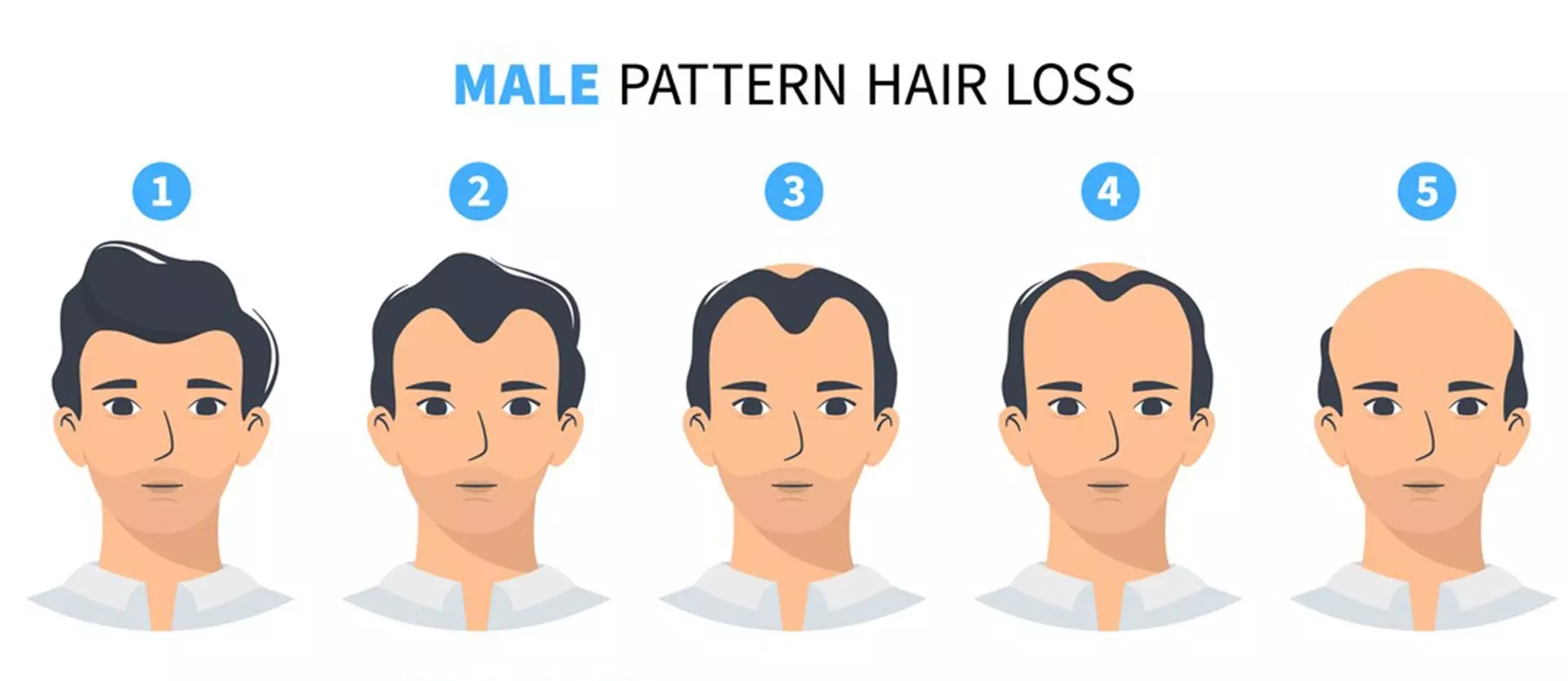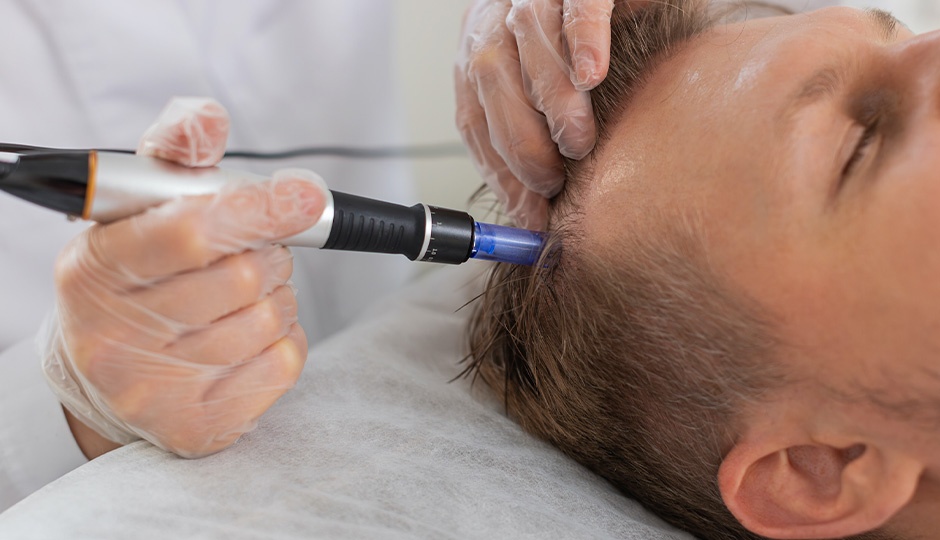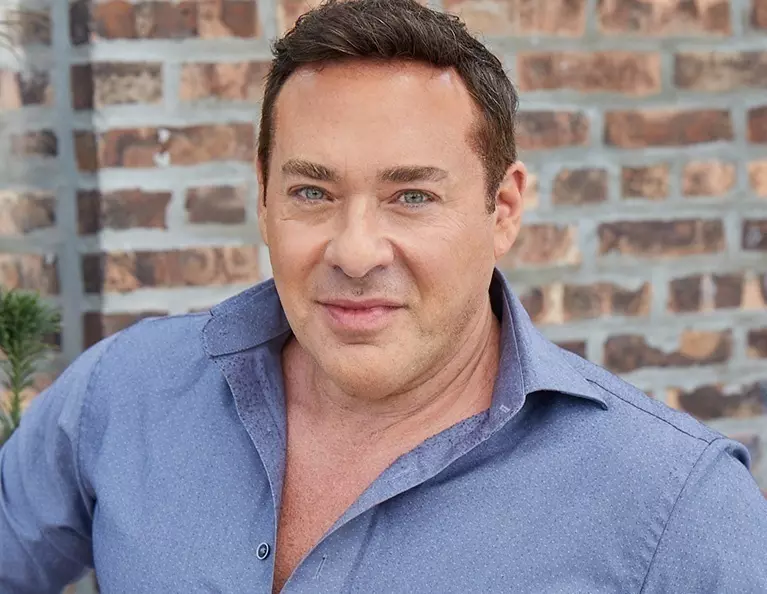The proper name for hair loss is alopecia, but there are different forms of it that can develop in different ways. They can also have different reasons for occurring.
In this article, we’ll look at androgenetic alopecia, which – as the name suggests – has a genetic component. It can develop in men and women. You might have heard of male-pattern hair loss, which is another term for this type of alopecia in men. In women, it’s known as female-pattern hair loss. As you might guess, it presents differently in men and women.
What Does This Type of Alopecia Look Like?
Men tend to experience a receding hairline, with thinning hair also often presenting itself at the crown. Women tend to notice a middle parting that becomes wider and more noticeable over time, with thinning hair overall. However, a woman’s hairline will not recede – it will thin out instead.
The condition affects more men than women and starts earlier for men as well. Women tend to notice hair thinning more around perimenopause and menopause.
What Causes Androgenetic Alopecia?
The name for this kind of hair loss stems from the word androgen. Androgens are hormones, and research has suggested that a particular androgen, dihydrotestosterone (DHT for short) is connected to hair loss. Androgens also influence women losing hair in this manner. However, in both men and women, it is suspected there are other things that may lead to androgenetic alopecia – research is ongoing to try and identify them.
Of course, genetics will play a role too, although as we’ve noted here, other factors are also thought to contribute. If your immediate family members suffer from this form of alopecia, there is a greater chance you may do as well, although it is not guaranteed.
How Do You Know if You Have Androgenetic Alopecia?
Identifying the classic hair loss pattern is the main way most people notice a difference in their hair. Men will notice a receding hairline. Women will notice their hair is becoming thinner.
A visit to a dermatologist or hair loss professional is the best bet if you suspect you are losing hair. They can examine your scalp to see whether you have the classic signs.
Does Hair Grow back With Androgenetic Alopecia?
It won’t grow back without receiving treatment for it. There are both topical treatments (those that are applied directly to the scalp) and oral medications that aim to help those with this type of hair loss. If you do not seek treatment, you will continue to lose hair and the condition will become more noticeable. Treatments aim to slow the progress of hair loss.
Can Androgenetic Alopecia Be Cured?
As we’ve already seen, there are treatments that can help remedy this hair loss once you notice it and seek advice from a healthcare professional. This is the best bet – and the sooner you seek help, the better.
You can also consider changing your hairstyle. Many men decide to cut their hair short rather than trying to disguise a receding hairline. For women, there are more options for a change in hairstyle. The first sign women notice is a widening center part. If you tend to part your hair elsewhere on your scalp, it will take longer to identify the hair loss, but you might still notice your hair sits differently to how it did before. It tends to thin out a little too. You might then notice more hair loss around the center part and not just along it.
When you do spot signs of hair loss, seeing your healthcare practitioner as soon as you can is the best course of action. The sooner you can begin treatment, the sooner you will notice a difference and prevent the hair loss from escalating. You may even be able to grow some new hair via this route.
Research goes on into the causes of androgenetic alopecia since it is likely that androgens and genetics are not the only reasons for this to occur. However, with treatments available today, there are ways for both men and women to tackle any hair loss that conforms to this pattern.
Cosmetic options are available to fill in or cover areas of hair loss. These cosmetic options along with treatment may be a good course of action for many. The key is to identify and start treatment sooner rather than later. These options allow you the ability to work on preserving your hair and slowing down the hair loss.
To learn more about the options available for men and women with androgenetic alopecia, contact the team at Unique Hair Concepts for a complimentary, private, in-person consultation.






